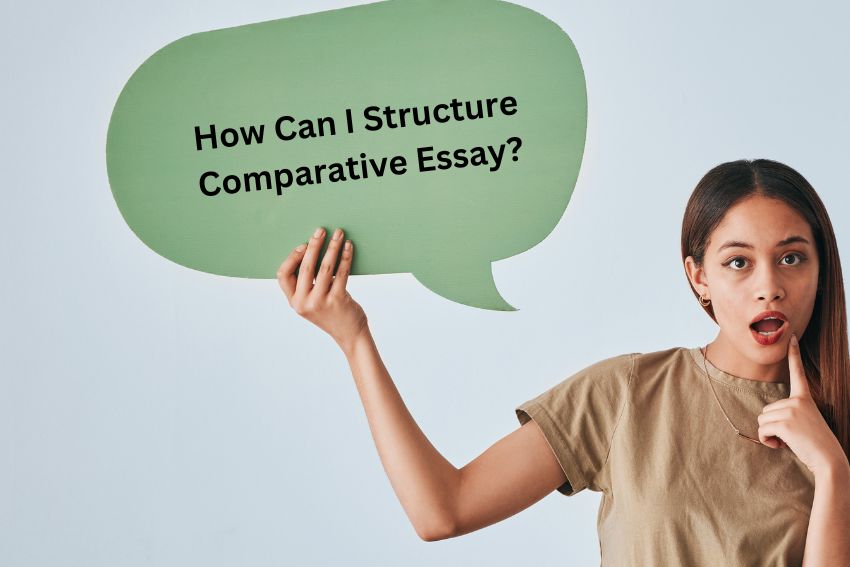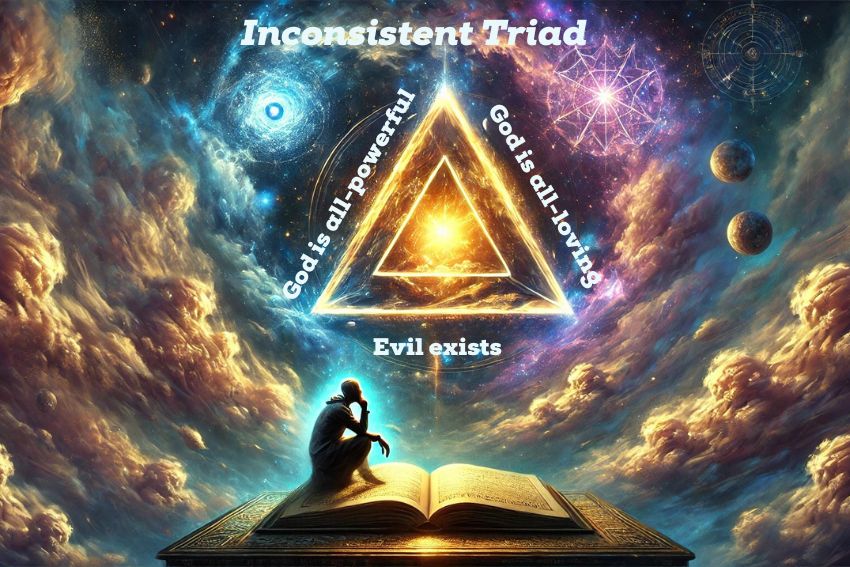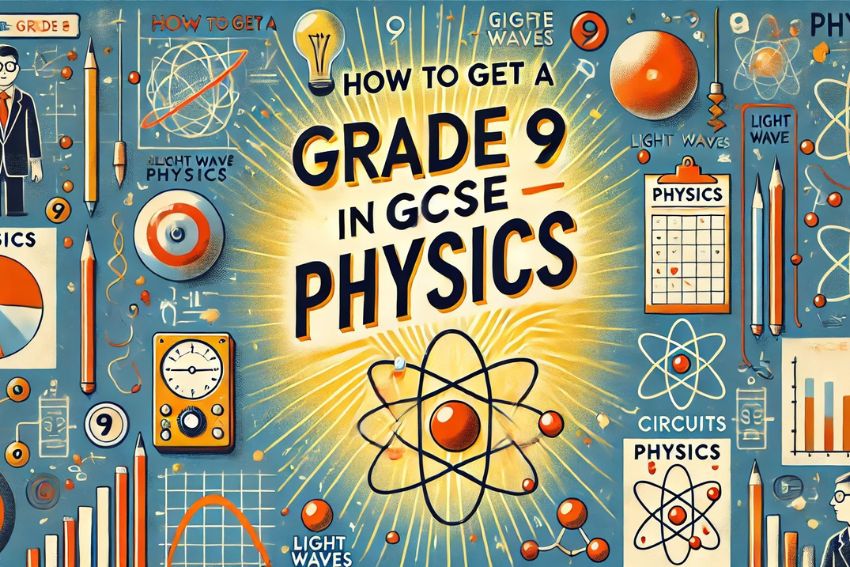How to Structure Comparative Essay in A-Level English Literature
Comparative essay in A Level English Literature can feel a bit tricky at first. However, with the right approach, they become much easier. These essays focus on exploring how two texts address similar themes, characters, or ideas. Not only are they important for exams, but they also help develop critical thinking skills.
One common challenge students face is maintaining a balance between the two texts while ensuring their arguments flow smoothly. Another is linking ideas better without losing focus on the question. Our blog is here to help! We’ll walk you through every step of structuring a comparative essay, addressing these challenges with practical tips, helpful examples, and strategies.
The Basics of Comparative Essay for A Level English Literature
Now that we’ve introduced comparative essays, let’s take a closer look at what they involve. In A Level English Literature, these essays require you to examine two texts side by side, focusing on their similarities and differences. But it’s not just about spotting these comparisons – it’s about analysing text thoughtfully.
For example, you might analyse how Macbeth and Othello portray ambition and its consequences. Alternatively, you could compare Pride and Prejudice and Jane Eyre to explore how they depict gender roles in their respective eras. These essays challenge you to balance your focus between both texts while staying connected to the exam question.
Additionally, context plays a vital role in comparative essays. Consider how the time period, cultural influences, or personal experiences of the authors shape the texts. Showing an awareness of context adds depth to your analysis and makes your arguments more compelling. Understanding the basics makes the process much easier.

What to Do Before Writing a Comparative Essay?
Remember, before you start writing, make sure you have a clear plan in place. it’s important to choose your texts wisely, identify the key themes to compare, and create a solid outline. Let’s break this down in details:
Pick a text
Choosing the right texts is the first important step in writing a great comparative essay. You need to select works that not only have clear connections but also allow for a rich comparison. Look for texts that share common themes, characters, or settings. For instance, you might compare two novels that explore similar issues, such as power, identity, or social class. For inspiration, explore the British Library’s collection.
It’s also helpful to pick texts that are of a similar genre or share historical or cultural contexts. For example, comparing a Victorian novel with a modern one might offer an interesting discussion on societal values and change. However, don’t be afraid to choose texts from different periods if the themes are still relevant. The key is to ensure the texts you select provide enough material for analysis and comparison.
Identify Key Themes and Points
Once you’ve chosen your texts, the next step is to identify the key themes and points you’ll compare. Think about the major ideas in both texts and how they intersect. For instance, if you’re comparing Macbeth and Othello, themes like ambition, guilt, or the impact of power would be great starting points. This helps you stay focused while drawing connections between the texts.
Create an Outline
A well-organised outline is crucial for guiding your essay. Start by deciding how you’ll structure your comparison. Will you go paragraph by paragraph, comparing each theme, or will you analyse one text fully before comparing it to the other? Either way, having an outline will help you stay on track and ensure your essay flows logically.
With these steps in mind, you’re ready to start crafting your comparative essay. Let’s move on to structuring it properly!
How to Structure a Comparative Essay?
When it comes to structuring your comparative essay, organisation is key to presenting a clear, coherent argument. Here’s how you can structure your essay to make sure your analysis flows effectively.
Introduction
Start by clearly introducing the two texts you’ll be comparing. Mention the authors, the titles, and briefly touch on the themes or issues you’ll explore. It’s important to set the context – whether that’s historical, cultural, or social – so your reader understands the background of the texts. Finally, include a thesis statement that outlines the focus of your essay and what you’ll be comparing.
Main Body
- Thematic Approach
In this method, you organise your essay by themes or points of comparison. Each paragraph should focus on a specific theme, like love, power, or morality, and discuss how both texts treat it. For example, if you’re comparing Frankenstein and Dracula, one paragraph could focus on the theme of isolation. You would analyse how both characters experience isolation, and how this shapes their actions and motivations. - Text-by-Text Approach
Alternatively, you can choose to focus on one text at a time. Discuss all relevant themes, characters, and elements of the first text in one section, then move on to the second text. After both texts have been fully explored, you’ll compare them in your conclusion. This method gives each text the attention it deserves. - Integrating Quotes and Evidence
A strong comparative essay supports its arguments with well-chosen evidence. Make sure you integrate quotes from both texts smoothly into your analysis. For example, when comparing character motivations, you can quote key lines from each text and explain their significance in relation to the theme. This strengthens your argument and makes your analysis more convincing.

Linking Ideas
As you compare the texts, use comparative language to link your ideas. Phrases like “similarly,” “in contrast,” and “on the other hand” help guide the reader through your analysis and show clear connections between the two texts. This language ensures that your comparisons are easy to follow and clearly illustrated.
Conclusion
Finally, sum up the main points you’ve covered in your essay. Restate your thesis and show how your analysis supports it. This is your chance to draw everything together and demonstrate your overall understanding of the texts. A clear conclusion will leave a strong impression and make your argument easier to follow.
A Level English Literature Comparative Essay Example
When writing comparative essays in A-Level English Literature, seeing a practical example can really help. Let’s look at how a solid essay might work with two very different texts – The Great Gatsby and Of Mice and Men. Your introduction could briefly introduce both novels and set up your thesis, for example: “In The Great Gatsby and Of Mice and Men, both authors explore the theme of the American Dream, but they depict its emptiness and unattainability in different ways.” In the body paragraphs, you would focus on key themes like dreams, social class, and disillusionment.
You’d compare how both characters, Gatsby and George, pursue their dreams but ultimately fail. By using quotes and examples from both texts, you’d show how the themes are treated differently. Finally, your conclusion would summarise the comparisons and link them back to the thesis, showing that while both texts explore similar themes, they do so in distinct ways. This approach helps you stay focused, organised, and clear throughout the essay.
For visualization, you can check this video :
Linking Texts to Context in Comparative Essay
In A Level English Literature, understanding the context of a text is just as important as analysing its content. As we’ve already discussed, linking your analysis to historical, social, or cultural context is crucial. Let’s explore each of them :
Historical and Social Context – each text reflects its time. When comparing two texts, consider how their historical or social context shapes themes, characters, or plot. For example, 1984 reflects post-war fears of totalitarianism, while The Handmaid’s Tale reflects concerns about gender roles and power during feminist movements.
Authorial Intent – authorial intent is key – why did the author write the text this way? Orwell’s experiences with political oppression influenced his portrayal of totalitarianism in 1984, while Atwood’s feminist views shaped The Handmaid’s Tale.
Examples – Use examples to link context to your analysis. When comparing Macbeth and Othello, consider how Shakespeare’s era shaped gender and power dynamics. Similarly, Frankenstein and The Great Gatsby are influenced by their authors’ personal and historical contexts.
Linking context to your analysis strengthens your argument and shows a deeper engagement with the texts. You can find valuable historical insights at History.com.
How to Save Time While Writing Comparative Essay
Exams are already stressful enough, so managing your time is key. With these practical tips, you will be able to stay on track and complete your essay with more confidence.
Planning Your Time
Outline your essay first: Spend 5-10 minutes planning your essay to know exactly what to write about. This will save time later.
Work on body paragraphs: Aim to spend 30-35 minutes on each body paragraph, depending on the length of your essay.
Leave time for proofreading: Reserve 5-10 minutes at the end to proofread your essay, ensuring no mistakes are missed and all ideas are covered.
Staying Focused
Maintain a steady pace: It’s easy to focus too much on one section. Keep a steady pace and ensure you spend equal time on both texts and main themes.
Don’t linger on the introduction or conclusion: These sections are important, but most of the analysis should focus on the body paragraphs.
Move on if you’re stuck: If you get stuck, don’t worry! Move to the next section and return to the tricky part later. This keeps you on track and prevents you from wasting time.
What Examiners Expect from Your Comparative Essay
When writing a comparative essay, it’s important to understand what examiners are looking for. They want insightful comparisons, a balanced analysis, and clear, well-supported arguments. One common pitfall is spending too much time on one text, which can make the essay feel unbalanced. It’s also crucial to stay focused on the question, avoiding unnecessary details that don’t directly address the prompt. To meet examiner expectations, aim for depth in your analysis, clarity in your writing, and originality in your insights. These elements will help your essay stand out and show the examiner you understand the texts fully.
Conclusion
We’ve explored how to structure your A Level English Literature comparative essay effectively. To recap, planning your essay before you begin writing is crucial-it helps keep your ideas organised and focused. Whether you choose a thematic or text-by-text approach, the key is ensuring your arguments are clear and well-supported. Linking your ideas with comparative language strengthens your analysis, showing clear connections between the texts.
Remember, practice is a must. The more you write and refine your comparative essays, the more confident and skilled you’ll become. Keep applying these tips to each essay, and soon you’ll find the process much easier. If you ever feel stuck, don’t hesitate to seek support.
If you are looking for online A Level English Literature tutors they can offer you personalised help. With their help, you can improve your essay writing and do well on your A Level exam. Keep practising!
Blogs Related to A Level English Literature : If you want to know more about A Level English Literature topics : A Level English Literature – Topics, Resources and Self-Testing.








